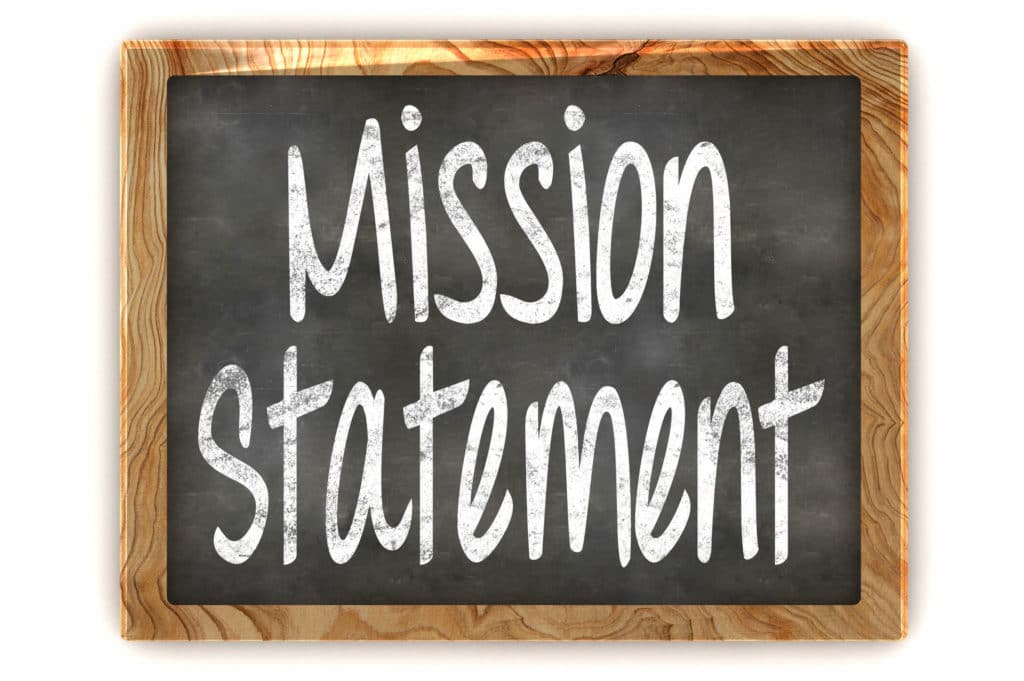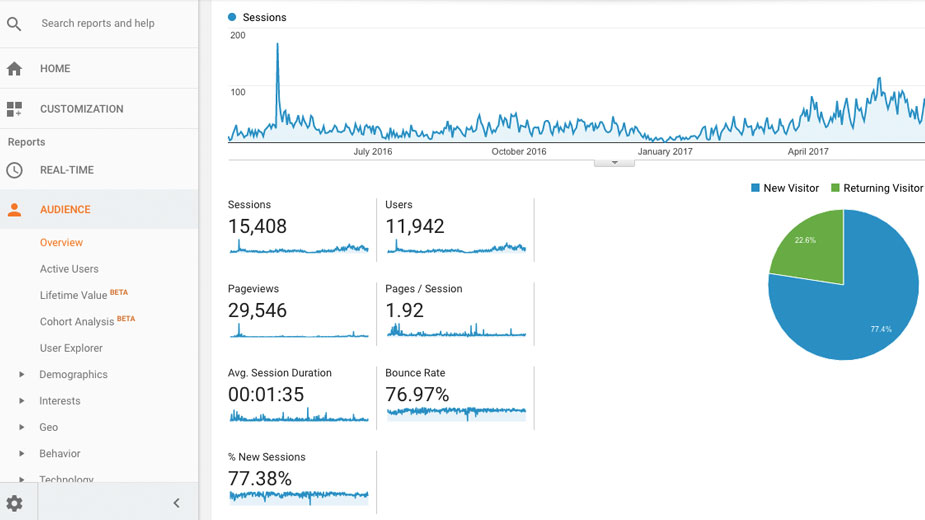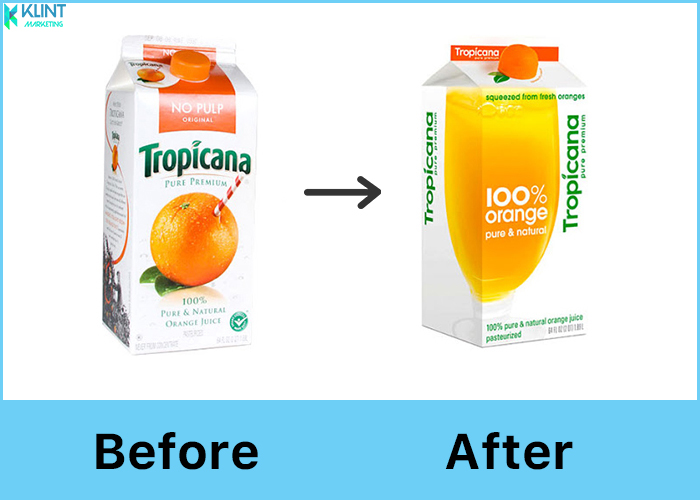
Developing Marketing Objectives is key in any successful marketing campaign. But why? Why are marketing objectives needed? “With an effective plan, you know whom to market, when to market and how much to market your services or products. It can immensely help your business in increasing your sales, establishing brand awareness, and informs, equalizes and sustains your customers” (Vervelogic, 2021). Simply put, setting marketing objectives help you establish a roadmap for your marketing campaign to reach a successful and fruitful destination.
We have all heart of SMART goals and SWOT analysis, in fact I have written several blogs on each subject! Your marketing objectives should be SMART, or specific, measurable, achievable, relevant and time-bound. With these parameters in mind, you should be able to take that long list of objectives you came up with in an initial brainstorm and narrow them down to a realistic working list. It is also important to note that marketing goals and marketing objective are two very different things. Wires can be easily crossed on these definitions and the outcome can be a wishy washy marketing plan. “Marketing goals talk about the long-term, expansive, and usually connected with the mission and vision of the company which they are planning to achieve in the next few years. However, marketing objectives are more specific in scope and can be measurable by readable factors like statistics, time frames, or both” (Vervelogic, 2021).
Companies use marketing objectives so that that they can develop the appropriate strategies to achieve their goals. For example, you have identified one of your objectives to be increasing brand awareness. You have determined that this goal is SMART as it pertains to your overall goals, and now your marketing team can begin to develop a strategy to make this objective come to fruition!
But to back things up a bit here, there are a few things that your company needs to establish before marketing objectives even enter the discussion….

In order for your marketing objectives to truly align with the goals of the company, you need to figure out the mission of your brand. Who are we? What does this product or service represent as it relates to the company? What is the greater goal of your company, and how does this new product or service enhance or add to that goal? If you have a firm brand mission in place, you can align your marketing objectives accordingly.

Next, it is crucial to perform a situational analysis, or SWOT analysis, for your company. This means to take a look internally at your strengths and weaknesses, and then externally (your competitors) at opportunities and threats. By performing this situational analysis, you can get a firm grasp of the resources your company currently has, what it needs to work on, and get the lay of the land when it comes to your competitors in the market. Perhaps one of your marketing objectives could be to gain a bigger share of the market. In conducting a situational analysis, you will have already understood what your current place in the market is, and can therefore tweak that objective to become more specific, realistic and achievable.

Lastly, it is important to ensure your marketing objectives align with the legal and ethical responsibility of your company. Depending on what your company’s products or services are, everyone has different legal standards that they are held to. This could be environmental, for example, but this also refers to the ethical responsibility you have to your customers. When developing you objectives, it is of the utmost importance that your strategies to meet your goals are ethical. No goal is worth meeting if you need to take illegal or unethical means to get there. One of the biggest ways to uphold your legal and ethical responsibilities is to be transparent with your customers and stakeholders. This will keep you honest, so to say, when developing objectives and strategies and also help to leave no stone unturned.
Marketing is needed more than ever and be rest assured this trend is not going anywhere. But a marketing plan is only prestigious if it has any objectives. Without any objective is like walking on the battlefield without your armor or weapons”
Vervelogic, 2021.
Vervelogic. (2021, April 12.) 10 Examples of Marketing Objectives. Vervelogic. Retrieved from: https://www.vervelogic.com/blog/marketing-objectives/.
















